What is a Bitcoin node? A beginner’s guide on blockchain nodes
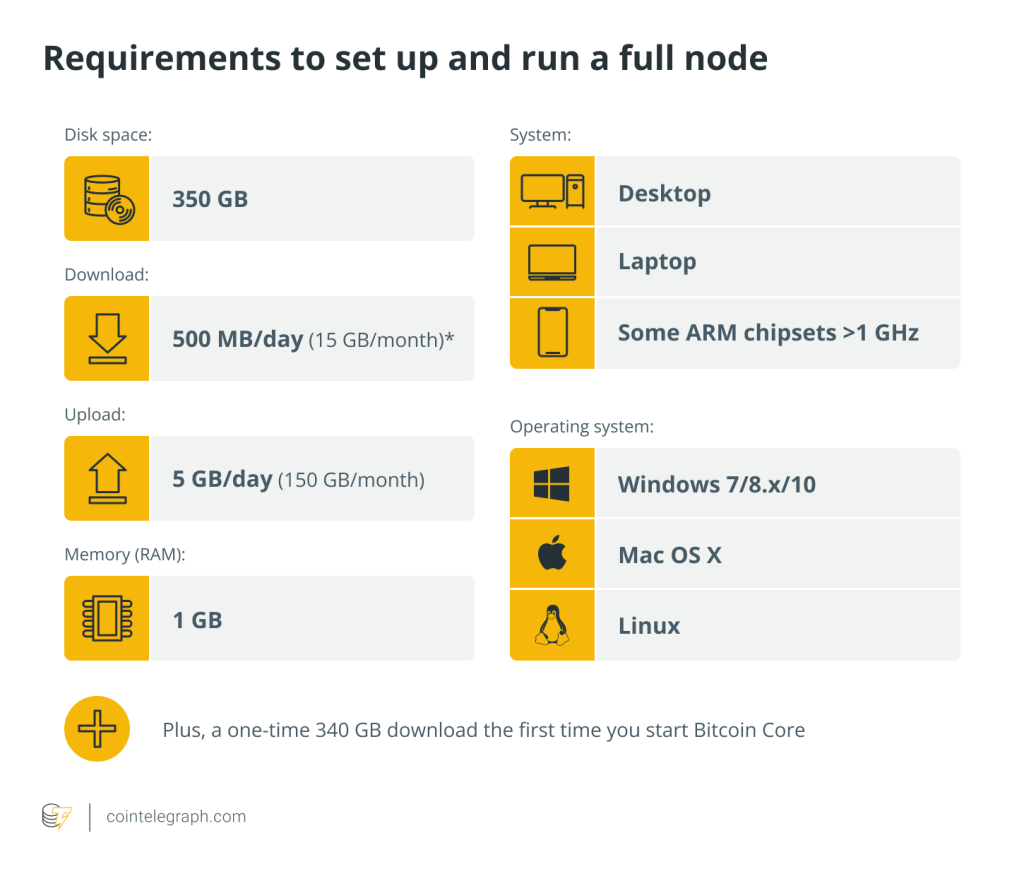

Bitcoin (BTC) is a decentralized peer-to-peer network made of computers, or nodes, that run the Bitcoin software and accept a set of proof-of-work (PoW) consensus rules to validate and broadcast transactions on the blockchain. This process occurs without the intermediation of a third party, making blockchains trustless mechanisms.
In traditional payment methods, transactions are validated by centralized parties like banks and payment processors who check that the spender has enough money available to perform that purchase.
In the Bitcoin blockchain, traditional third-party payment systems are replaced by a distributed network of node operators and miners who validate transactions without censorship or permission.
Learning what nodes do and how they work helps understand what occurs behind the settlement of a transaction. Anyone can become a Bitcoin node operator and participate in securing the network by simply downloading the Bitcoin Core software, thus making the blockchain transparent, immutable and decentralized.
What is a Bitcoin node?
Nodes are pillars of the Bitcoin network. These nodes continuously monitor the blockchain and its complete transaction history to prevent access to non-legitimate transactions that attempt to spend their Bitcoin twice fraudulently, also known as the double-spending issue.
Any computer downloading the Bitcoin software that will join the Bitcoin network is called a node. The most popular client and software implementation of full nodes is Bitcoin Core; its latest release can be found on the GitHub page.
A node holds the complete history and chronology of the Bitcoin blockchain, which is like a ledger, and contributes to the security of the Bitcoin network through the consensus mechanism because nodes will reject any transaction that breaks consensus rules.
How many Bitcoin nodes are there? It is difficult to assess the exact number of active Bitcoin nodes, as users can choose to connect privately in order not to reveal or count them.
There are very contradicting figures between one source and another. Some sources only calculate that there are just over 13,000 Bitcoin nodes. On the other hand, popular Bitcoin Core developer Luke Dash Jr estimated about 83,000 Bitcoin Core nodes were active in Jan. 2021 while recording a steep decline in 2022 to roughly 50,000.
The data is even more alarming, considering over 200,000 Bitcoin nodes were running at the peak of the 2017 bull market. The more active and connected nodes to the Bitcoin network, the more robust and decentralized it becomes.
What are nodes in a blockchain?
The backbone of blockchain networks is based on the Bitcoin structure, which was the first to lay the foundation for the technology. Therefore, understanding Bitcoin nodes’ principles will help understand how most blockchains work. They only have different protocols with different rules, but the functional aspect remains the same.
The main function of blockchain nodes is to ensure network transactions and blocks are legitimate and follow the protocol rules. They must guarantee that the data and the network are trustworthy.
Typical nodes that sustain the infrastructure of a blockchain are master nodes and miner nodes. They receive bigger block rewards because they employ higher resources to empower the network.
However, master nodes don’t add new transactions or blocks to the blockchain like regular or miner nodes. A more extensive explanation of these types of nodes can be found later in the article.
How do blockchain nodes work?
Nodes validate and broadcast transactions to the network. These transactions showing as “pending” are picked up by a miner or a mining pool that will add them to the blockchain’s universal ledger.
Instead of confirming each individual transaction, miners will batch pending transactions into blocks. The confirmed block is disseminated across the entire network and sent back to all nodes to ensure the block is valid and adopts the network’s rules.
Once validated, the nodes add the new block to the previous series of blocks, thus creating a blockchain and achieving transactions’ final settlement.
Types of blockchain nodes
Since transaction verification and broadcast is a time-and-resource-intensive performance, nodes are divided into lightweight and full nodes to help speed up the validation process. Full nodes confirm all transactions by downloading the complete history of the blockchain, while lightweight nodes only download the key header data.
The main types of Bitcoin nodes are full, light, and mining nodes.
Full nodes
They are called full nodes because they thoroughly verify that all of the rules of the Bitcoin protocol are adhered to. Full nodes must confirm all the transactions executed within the Bitcoin network are legitimate and prevent the double-spending issue, which means the bitcoins processed must have not already been spent somewhere else.
A full node must download every transaction that has ever been executed, all new transactions and all block headers while storing data on every unspent transaction output until it is spent.
This is why full nodes must download the entire history of the blockchain, every block and transaction and check they are following Bitcoin’s consensus rules.
For example, a rule they will check is that blocks only create a certain number of Bitcoin (currently 6.25 per block, until the next halving of 2024). They can ensure that transactions and blocks are in the correct data format or that a transaction output cannot be double-spent within a single blockchain. A transaction or a block that violates the consensus rules gets rejected.
Think of Bitcoin full nodes like servers. If you run your node, you rely on your server to broadcast transactions to the network. If you don’t, you’re relying on someone else’s node (server) to validate transactions. In Bitcoin terms, running your own node means achieving sovereignty and total control over your own money.
Light Nodes
Light or lightweight nodes will only download the essential data from processed transactions, are used as wallets and connect to full nodes. They only download the block header, which is the summary of a block containing a hash reference to the previous block, the mining time and the nonce (unique identifying number) of previous transactions.
Light nodes only process little portions of the blockchain instead of the whole dataset, as in full nodes. They are ideal for nodes that don’t have a lot of storage or processing capacity and are more cost-efficient to own than full nodes.
A light node is tasked to verify whether transactions were included in a block through Simplified Payment Verification (SPV). It helps keep the blockchain network decentralized but does not validate all its transactions and doesn’t store a copy of the entire blockchain.
Mining Nodes
Other than storing the entire copy of the blockchain, mining nodes also utilize mining equipment and software to solve complex computational problems with the purpose of mining Bitcoin and generating new blocks to add to the blockchain.
Until 2010, a simple domestic CPU could still be used as a miner node. As the Bitcoin network expanded enormously, however, a CPU was no longer sufficient to mine the cryptocurrency, so more expensive and energy-intensive mining equipment became necessary.
Mining nodes are very competitive because their objective is to be the first to create a new block and be rewarded with 6.25 BTC currently for creating it.
Bitcoin full node vs. Bitcoin miners’ node
Full nodes and miner nodes are essential components of the Bitcoin network though they perform different functions. While a miner will run a node necessarily, a full node runner won’t necessarily be a miner. The average Bitcoin node’s task is to validate transactions and blocks, whereas the miner node will provide the specialized mining hardware necessary to resolve complex mathematical problems to create a new block and upload new transactions into it.
Against popular opinion, miners actually have limited power. They could potentially reorganize the blockchain and add or remove transactions, but they would need to spend an extraordinary amount of computing power, making it not worth it. A powerful miner could attack Bitcoin, but miners could not completely change or destroy Bitcoin because full nodes rely on miners only for the few functions highlighted previously.
Other types of blockchain nodes
Archival full nodes are full nodes that accept incoming connections and upload old blocks to other peers on the network. The software needs to run in -listen=1 mode for this to happen, which is the default method.
Archival nodes can be authority nodes used when access to blockchain data needs to be controlled. Only authority nodes can authorize other nodes to join the Blockchain network in such a case.
Pruned full nodes have limited memory to hold the data. They are full nodes and the whole blockchain is downloaded, but when they reach a specific limit, they delete the oldest blocks to host the new blocks and maintain the blockchain size.
Masternodes are full nodes with the primary function of maintaining the blockchain ledger and validating the transactions. They cannot add new blocks to the blockchain.
Other nodes are Lightning nodes are a computer or software that connects and interacts with the main blockchain and Lightning Network.
The main difference with a Bitcoin full node is that the Lightning node only verifies the transaction interacting directly with it instead of verifying every blockchain transaction, as is the case for the Bitcoin node.
How to set up and run a full node
Several clients provide the software to download the complete history of the Bitcoin blockchain. However, Bitcoin Core accounts for the highest number of full nodes.
To run a node, you can download the Bitcoin Core software and let it copy the entire blockchain from other nodes, and then your node will be ready to verify each block itself.
It comes with the following requirements:

To set up a new node, you need to go through the IBD (Initial block download) that enables node synchronization to the network on the first run. Bitcoin Core will use a lot of storage space during the download, although reducing storage with a few simple steps is possible.
An alternative is running nodes on the cloud. Storage and processing resources are outsourced by connecting to a cloud service provider and installing Bitcoin Core.
Once you have downloaded the complete history of the Bitcoin blockchain, you will witness new blocks being added roughly every 10 minutes. Detailed instructions on setting up and running a Bitcoin node on different operating systems can be found on the official Bitcoin website.
Why is it important to run your node?
Although running a Bitcoin node doesn’t offer any monetary incentive, it still provides several advantages, as explained below.
-
Running a full node offers more privacy and anonymity than relying on third-party servers to process your transactions. Intermediary services can expose your wallet address and compromise your privacy;
-
Full control over your Bitcoin holdings;
-
Contribution to the network security and integrity, ensuring that all the Bitcoin protocol’s rules are strictly applied;
-
In the case of forks, you decide which blockchain you want to follow. Therefore, your node is equal to holding one vote in case of significant changes happening in the blockchain.
-
Bitcoin nodes also help keep the double-spending at bay, preventing users from attempting to spend the same cryptocurrency twice.
There’s no real profit in running a Bitcoin node, although other blockchains offer incentives through staking nodes. However, this is a discussion for another article focused on blockchain nodes other than Bitcoin’s.

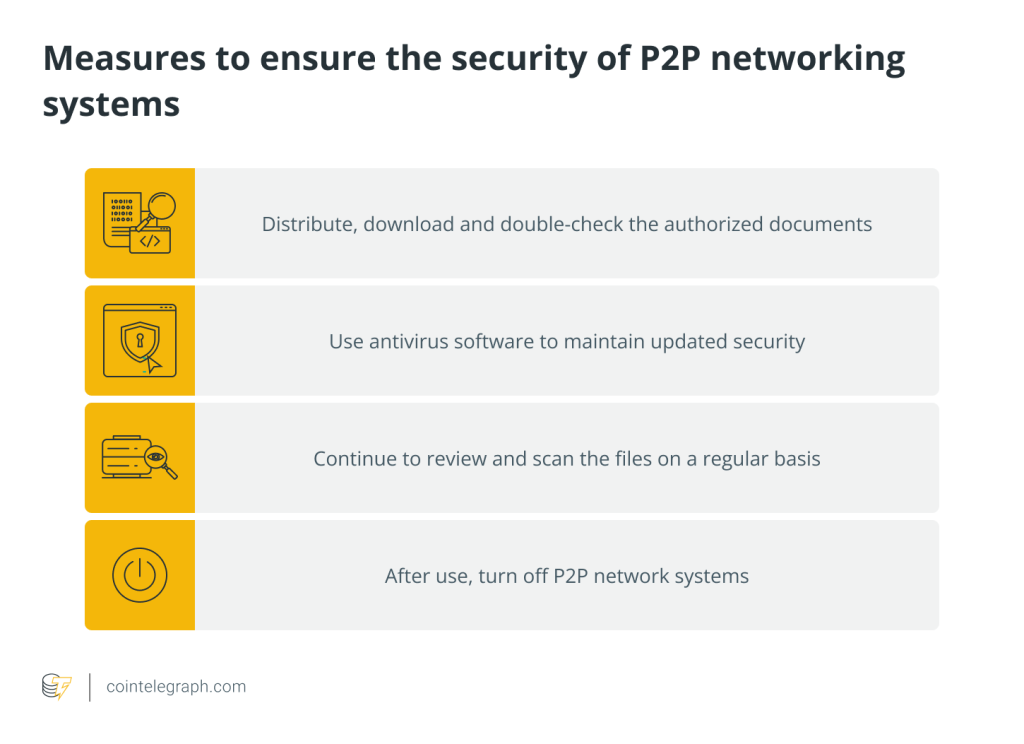
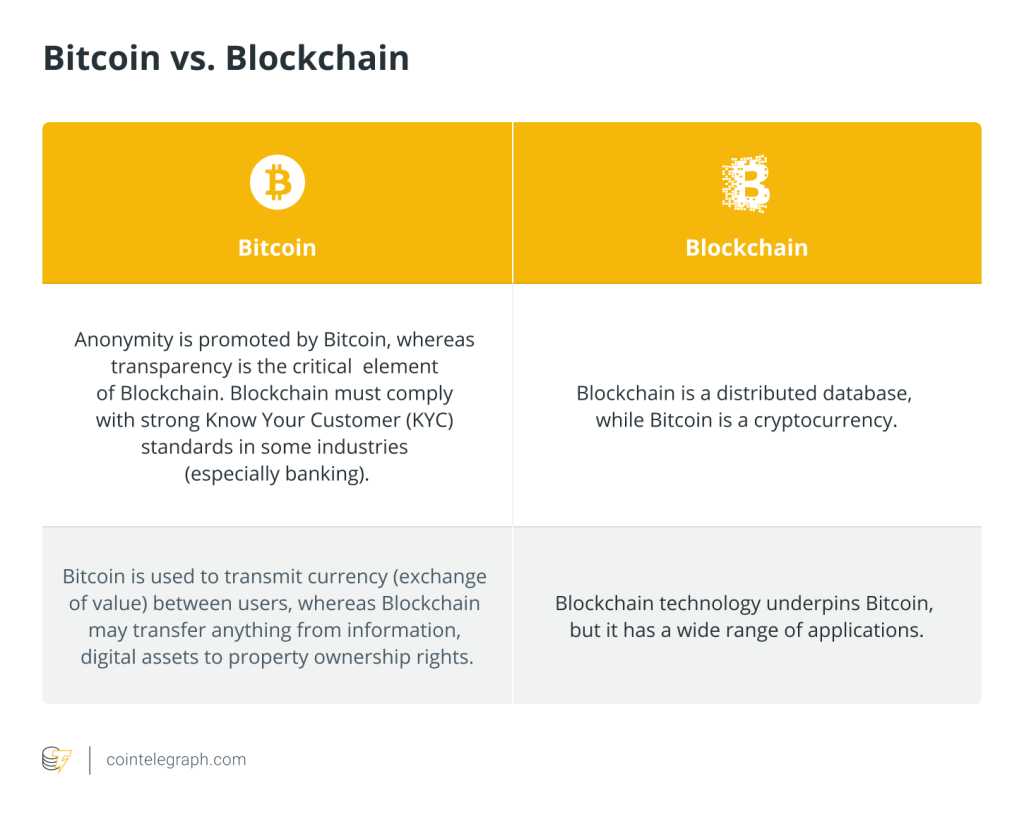
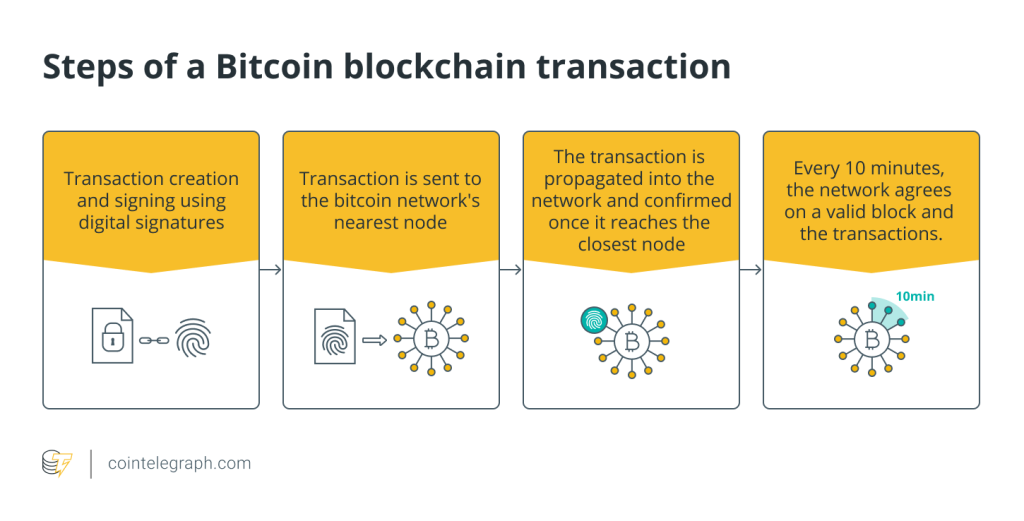

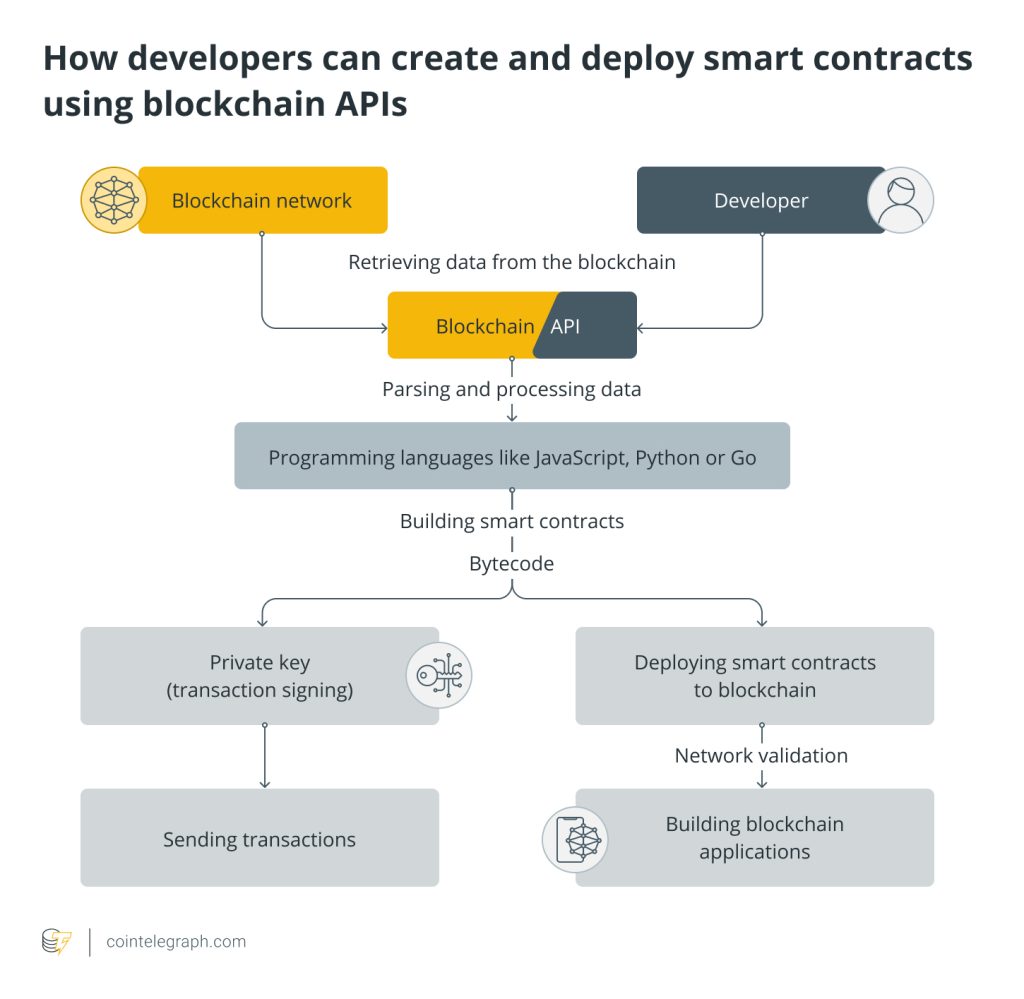
… [Trackback]
[…] Find More Info here on that Topic: x.superex.com/academys/beginner/2477/ […]
… [Trackback]
[…] Read More on to that Topic: x.superex.com/academys/beginner/2477/ […]
… [Trackback]
[…] Find More to that Topic: x.superex.com/academys/beginner/2477/ […]
… [Trackback]
[…] Find More to that Topic: x.superex.com/academys/beginner/2477/ […]
… [Trackback]
[…] Find More on that Topic: x.superex.com/academys/beginner/2477/ […]
… [Trackback]
[…] Read More Info here on that Topic: x.superex.com/academys/beginner/2477/ […]
… [Trackback]
[…] Read More here on that Topic: x.superex.com/academys/beginner/2477/ […]
… [Trackback]
[…] Here you can find 65472 additional Info on that Topic: x.superex.com/academys/beginner/2477/ […]
… [Trackback]
[…] Info to that Topic: x.superex.com/academys/beginner/2477/ […]
… [Trackback]
[…] Read More Information here on that Topic: x.superex.com/academys/beginner/2477/ […]
… [Trackback]
[…] Find More Info here on that Topic: x.superex.com/academys/beginner/2477/ […]
… [Trackback]
[…] Read More here to that Topic: x.superex.com/academys/beginner/2477/ […]
… [Trackback]
[…] Read More here to that Topic: x.superex.com/academys/beginner/2477/ […]
… [Trackback]
[…] Read More here on that Topic: x.superex.com/academys/beginner/2477/ […]
… [Trackback]
[…] Here you can find 49724 additional Information to that Topic: x.superex.com/academys/beginner/2477/ […]
… [Trackback]
[…] Find More Info here to that Topic: x.superex.com/academys/beginner/2477/ […]
… [Trackback]
[…] Read More on on that Topic: x.superex.com/academys/beginner/2477/ […]
… [Trackback]
[…] There you can find 27253 more Info on that Topic: x.superex.com/academys/beginner/2477/ […]
… [Trackback]
[…] Information to that Topic: x.superex.com/academys/beginner/2477/ […]